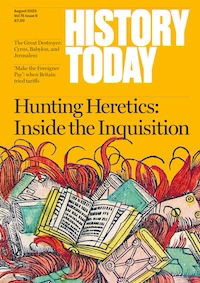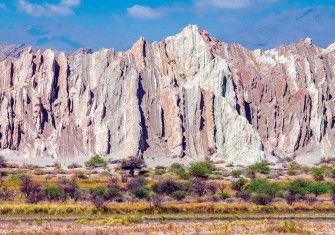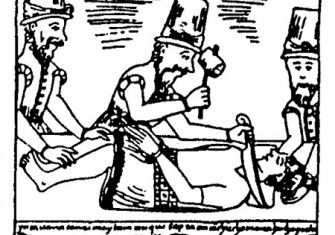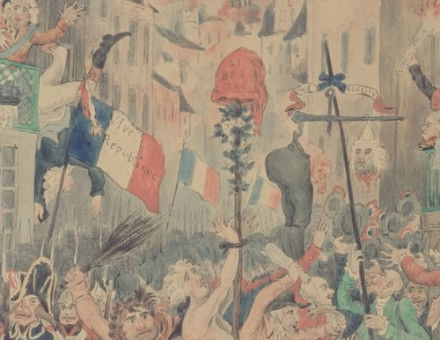The Murder of an Emperor
Atahualpa, the last true emperor of the Incas, was killed on 26 July 1533.
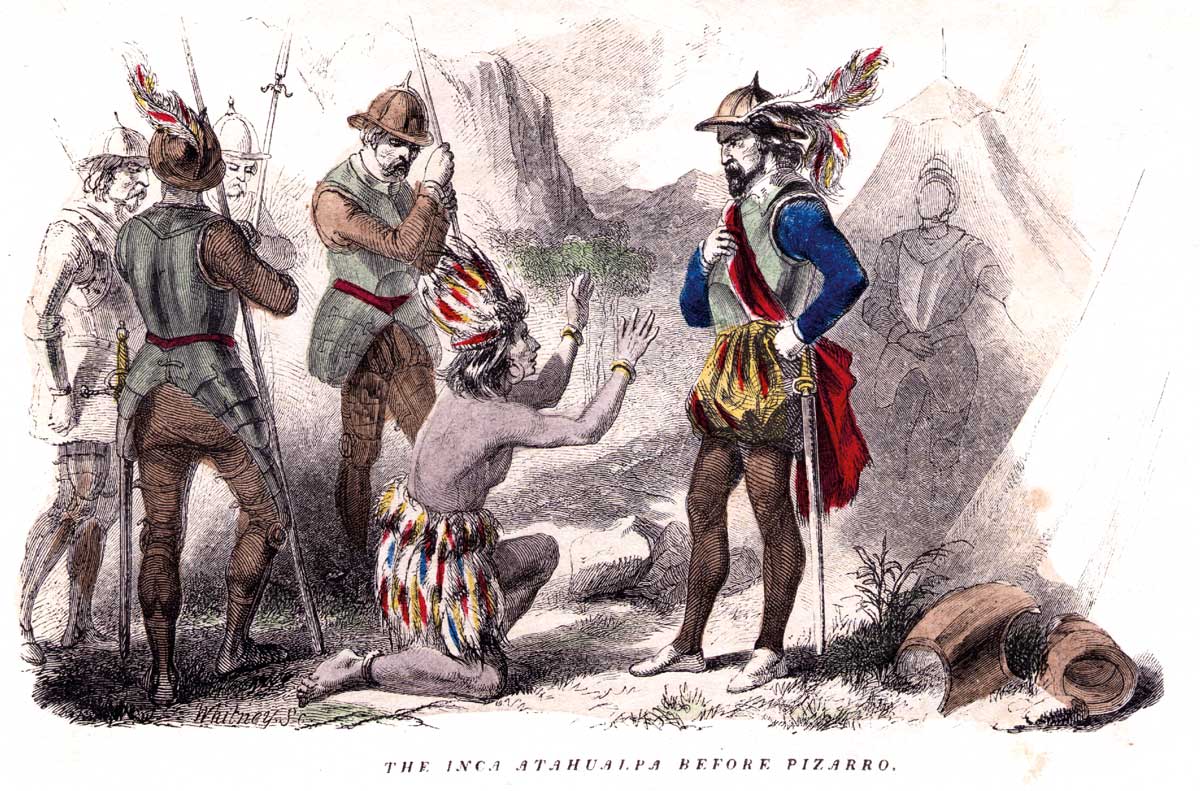
In the late afternoon of 26 July 1533, Atahualpa, the last true emperor of the Incas, was led out into the public square of Cajamarca in Peru’s Andean highlands. Francisco Pizarro, his conquistador captor, had decided that he must die.
Atahualpa had initially impressed the Spanish. They admired his dignity, his reason, his wisdom, his good humour. ‘Good looking … with a fine face, handsome and fierce,’ one source says.
Were the rumours of a vast army coming to free him true?, Pizarro had asked. ‘You are always making jokes when you speak to me’, Atahualpa replied. ‘What am I, and all my people, that we should trouble such valiant men as you are?’
The first plan of Pizarro and his fellow conquistadors was to burn Atahualpa alive, just as they would a heretic, but because the emperor submitted to baptism, this was no longer a possibility. They strangled him instead, leaving his body out in the square overnight for his subjects to see.
It is said that Atahualpa wept when he realised he was to die. One source says that Pizarro, unable to spare the emperor’s life, wept too. Later, it was claimed that the Spanish gave him a full trial. It is hard to discern anything like that in the eyewitness accounts. Those speak more of fear and panic – and the pride of small men at the humbling of something greater that they do not understand.

